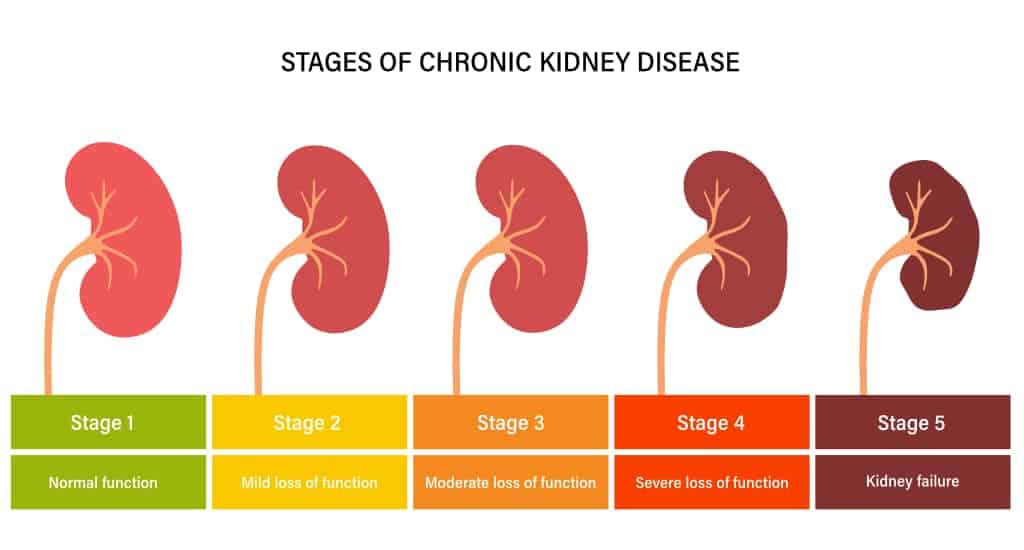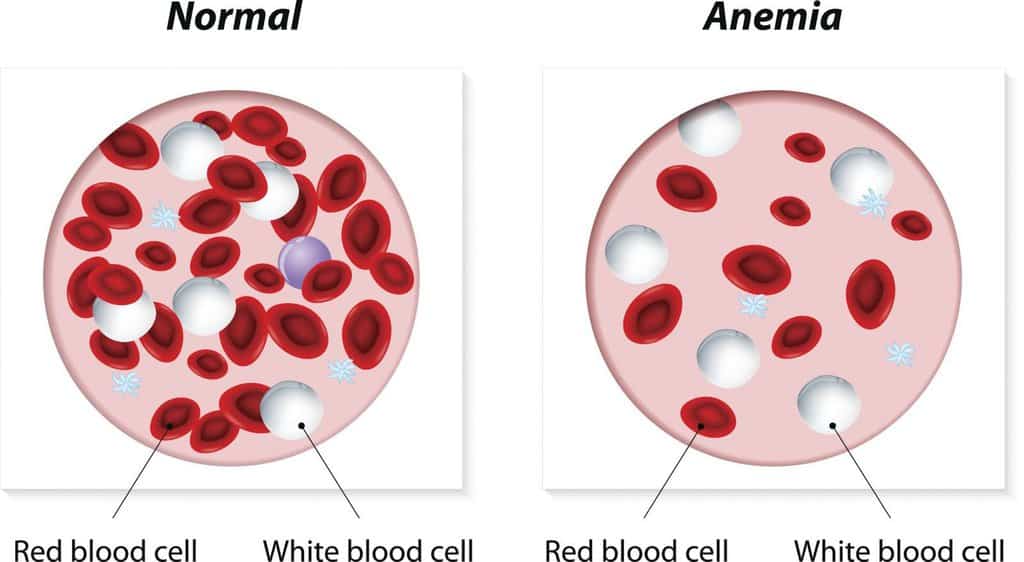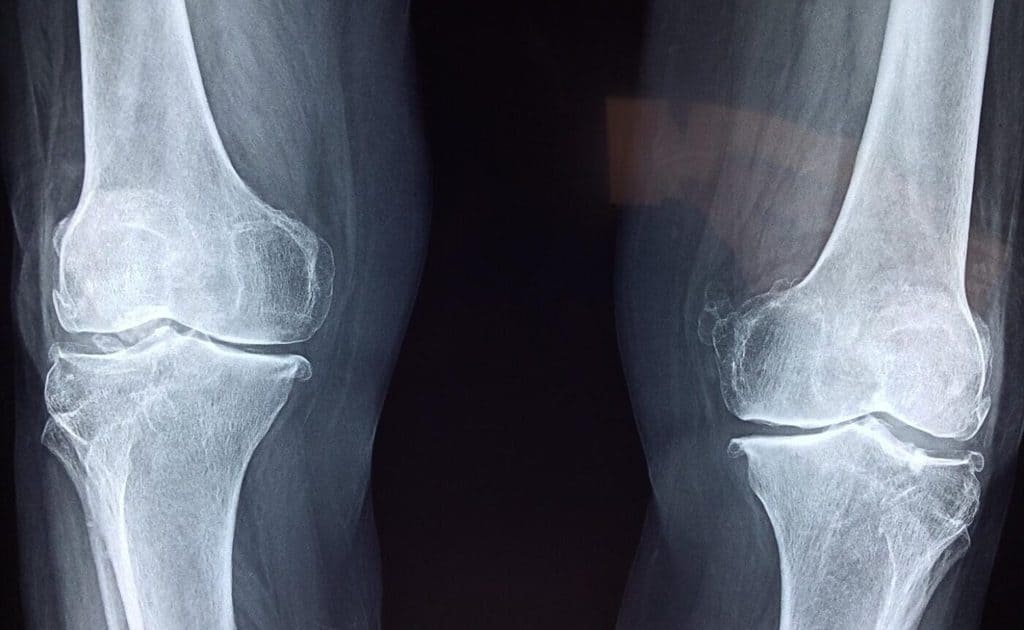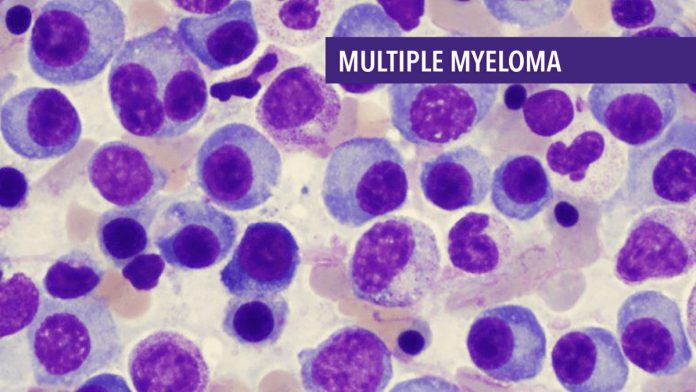Plasma cells are specialized white blood cells (lymphocytes) found in the bone marrow, spleen, and lymph nodes. In the healthy state, these cells produce antibodies that neutralize invading bacteria and viruses. Multiple myeloma is the disease that occurs when plasma cells in bone marrow become cancerous.

There may be a genetic tendency to develop multiple myeloma, and long-term exposure to certain chemicals in the agricultural and petroleum industries has been linked to this disease. Interestingly, prolonged exposure to hair dyes has been associated with a higher risk.
Normal Plasma Cell Development
Plasma cells arise from a group of immature lymphocytes called B cells. Like fully-developed plasma cells, some B cells are found in the bone marrow, while others migrate to the spleen and lymph nodes.

When a B cell recognizes a foreign pathogen, it consumes the invader, digests it, and then presents fragments of the pathogen to another type of lymphocyte called a CD4+T helper cell. With the assistance of the CD4 cell, the immature B cell differentiates into a plasma cell capable of producing an antibody specifically directed against the pathogen.
Manifestations of Multiple Myeloma
Like all cells, plasma cells can mutate and become malignant. When a plasma cell becomes cancerous, it divides uncontrollably and produces massive amounts of antibodies.

The antibodies are released into the bloodstream, where they can cause a multitude of problems (The Merck Manual, 16th Edition, pp 1254-1256):
- Hyperviscosity: Antibodies are large proteinaceous molecules. When present in abundance, they cause thickening of the serum. Occasionally, a patient with multiple myeloma will exhibit signs of small blood vessel obstruction, including fatigue, Raynaud’s phenomenon, headache, weakness, skin or mucosal bleeding, and visual disturbance or other neurologic changes.
- Amyloidosis: 15 to 20% of multiple myeloma patients exhibit signs and symptoms of organ compromise due to deposits of antibodies (amyloid) in soft tissues.
- Renal failure: In much the same way that large particles of debris can fill the holes of a drain and cause it to back up, too many antibodies in the bloodstream will plug the filtering apparatus of the kidneys, causing them to fail.

- Anemia and infection: Rapidly dividing plasma cells in the bone marrow can crowd out cell lines that usually produce red corpuscles and a variety of lymphocytes. Without a sufficient number of normal red and white blood cells, multiple myeloma patients develop anemia, and they are susceptible to infections (particularly pneumococcal pneumonia).

- Skeletal damage: Since cancer cells don’t respect normal boundaries, malignant plasma cells from the marrow space often invade surrounding skeletal tissue, causing pain, elevated levels of calcium in the bloodstream, and even fractures of the bones. Occasionally, spontaneous vertebral fractures cause spinal cord compression and paraplegia. X-rays may reveal punched-out lesions in the bones.

While multiple myeloma currently has no cure, advances in treatment have improved longevity and lessened the impact of the disease’s complications. Life expectancy is affected by the extent of progression at the time of diagnosis and by the type of antibody secreted by the tumor; median survival is three years.


















